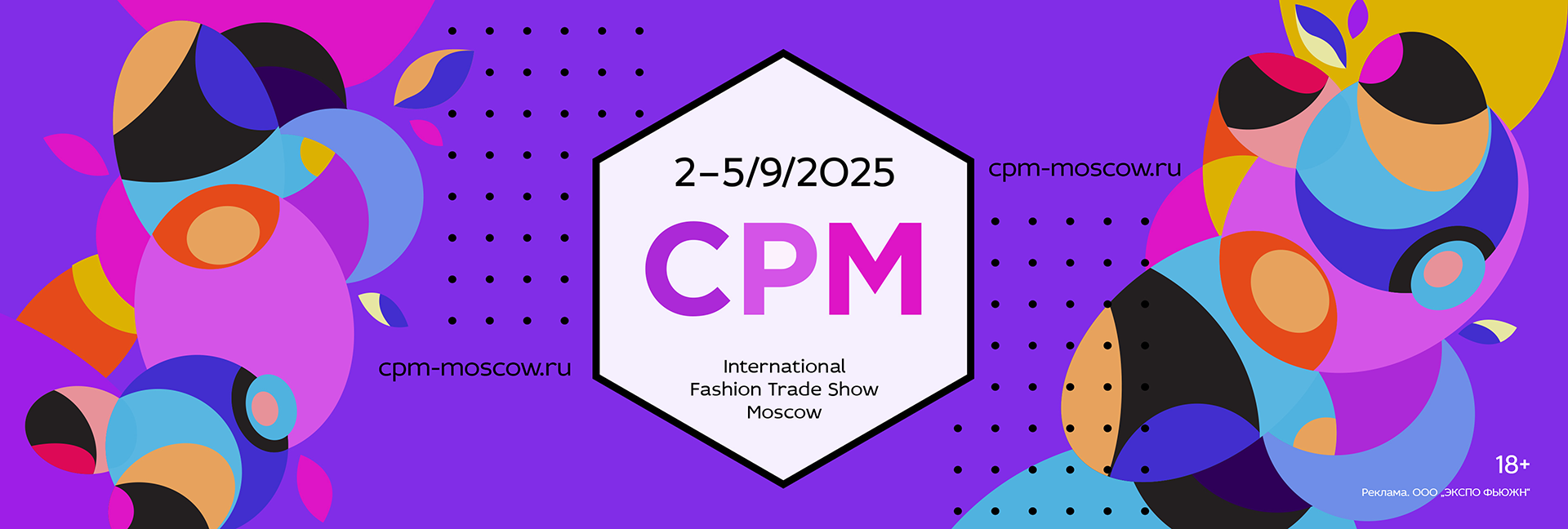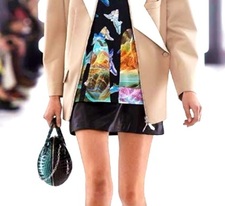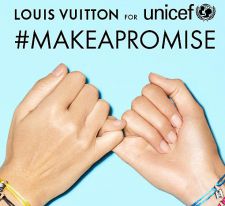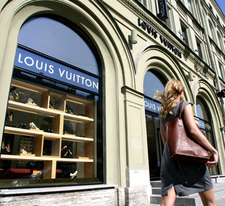Louis Vuitton: How a village boy created one of the most famous brands in the world
Louis Vuitton was born on August 4, 1821 in the remote French village of Anche. His father Xavier Vuitton was a farmer, and his mother worked as a hatter. His family was far from secular society and mainly engaged in farming and agriculture. Louis helped his parents with household chores from an early age and knew firsthand about hard physical labor and poverty. The boy's childhood cannot be called easy: he, being still a very child, lost both parents and remained an orphan. At the age of 14, Vuitton decided to leave his native village and went to Paris. On foot. Along the way, he stopped in nearby villages and earned his living there. He worked as a shoeshine man, a loader, a salesman, and in return he asked for a place to sleep, food and clothes. And now, 2 years later, he reached Paris.
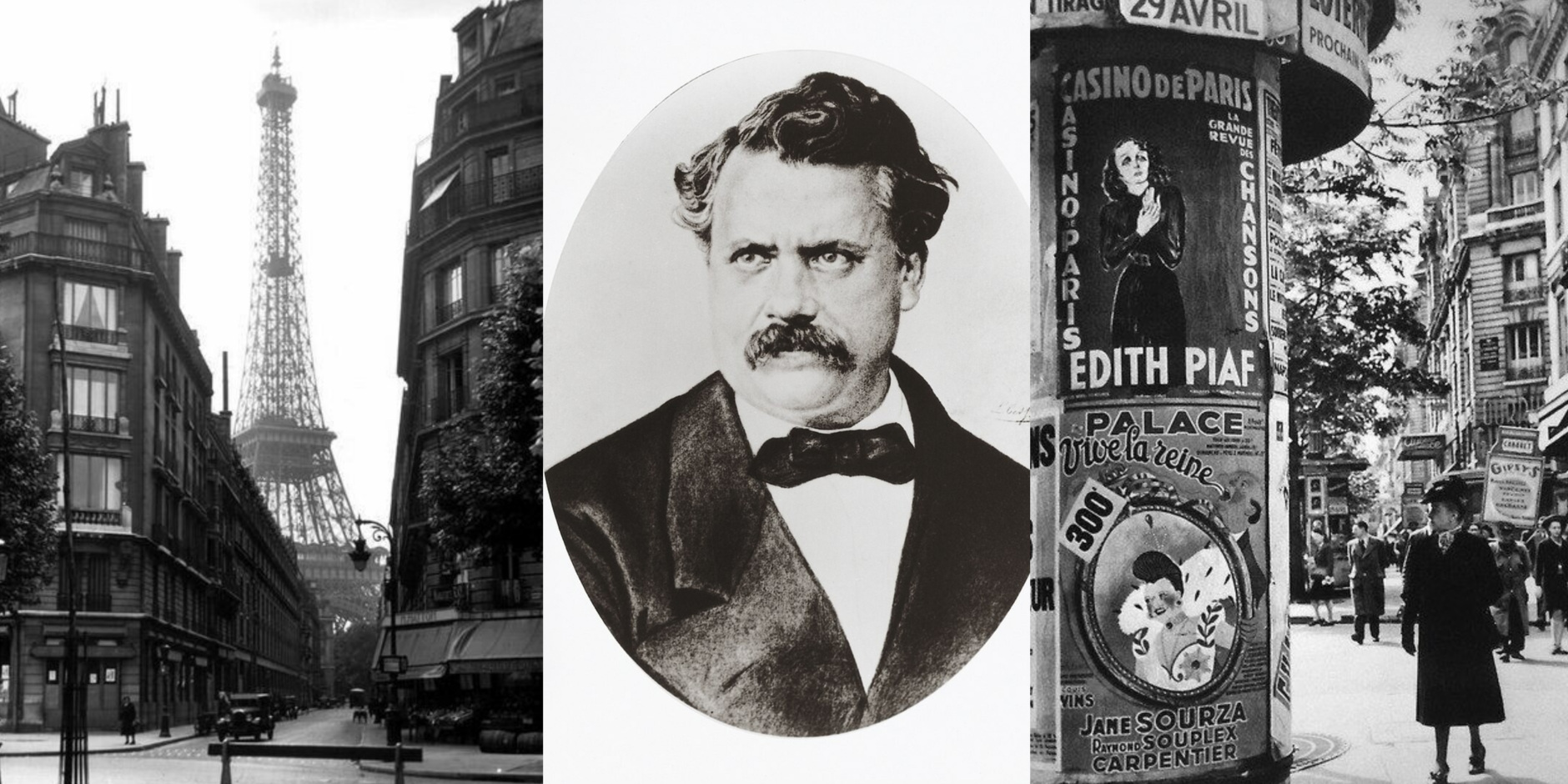
In Paris, Louis was lucky and he managed to get an apprentice to Mr. Marechal, who was engaged in the creation of chests for the transportation of goods. Vuitton worked for Mr. Marechal for 17 years. Every day he improved his skills and after a while he began to make chests according to individual orders. In 1854, Louis opened his first workshop "Securely packs the most fragile items. Specializes in fashion packaging," read the inscription on the door to the atelier on Kaputsin Street. Success came to Louis Vuitton almost immediately: his main client was the wife of Napoleon III – Empress Eugenie de Montigeau. Soon Louis's suitcases were being bought by the entire elite of Paris.
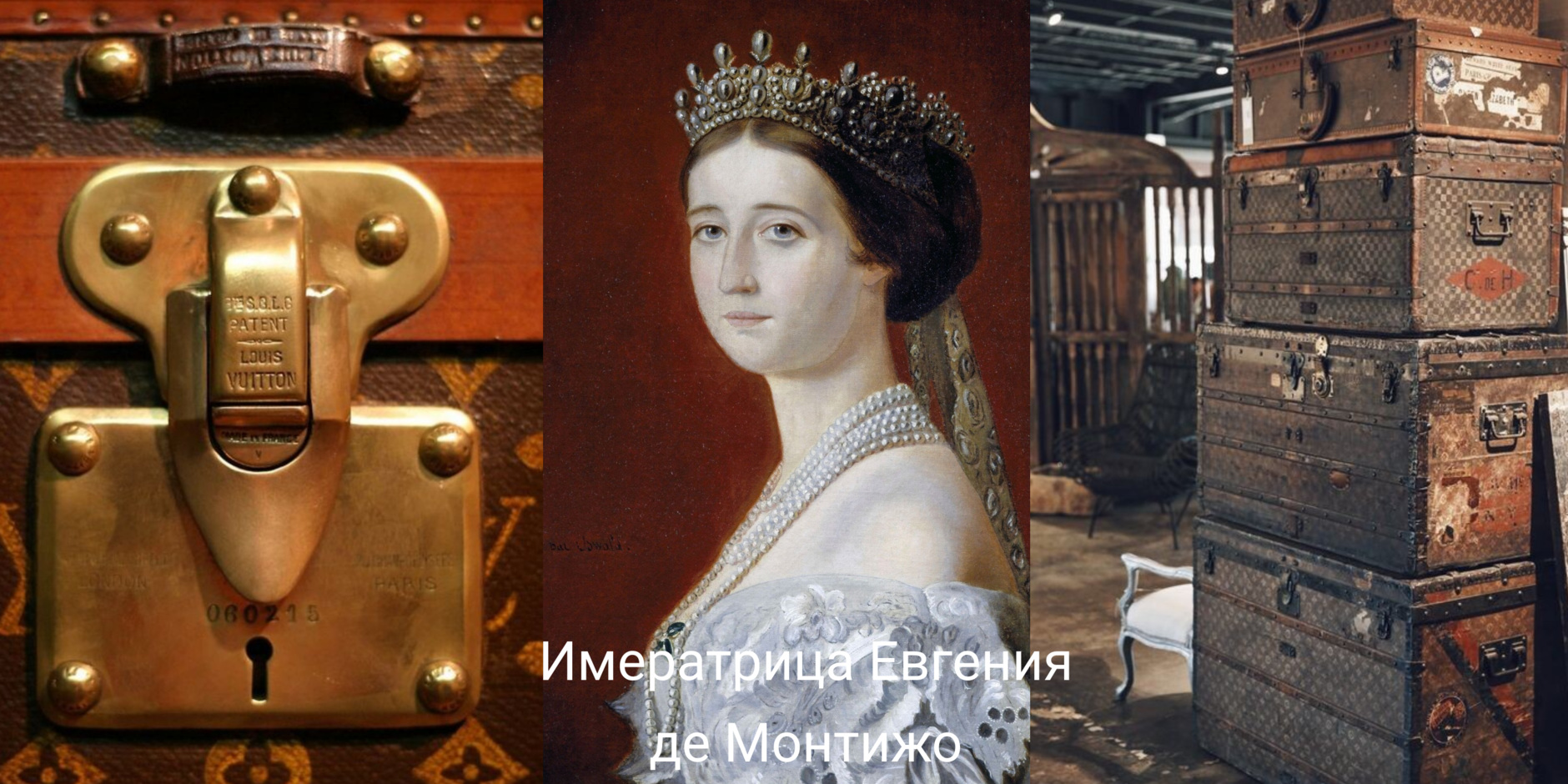
The man did not stop there and began to come up with new and unique models of chests, so a few years later he released the Trianon Trunk — the first suitcase with a frame made of poplar and canvas with a special waterproof impregnation. Louis's brand began to expand, and soon branches of his stores were scattered throughout France, enjoying great popularity among customers. In the last years of his life, he worked with his son Georges, who took over the management of the brand after Louis' death in 1892.
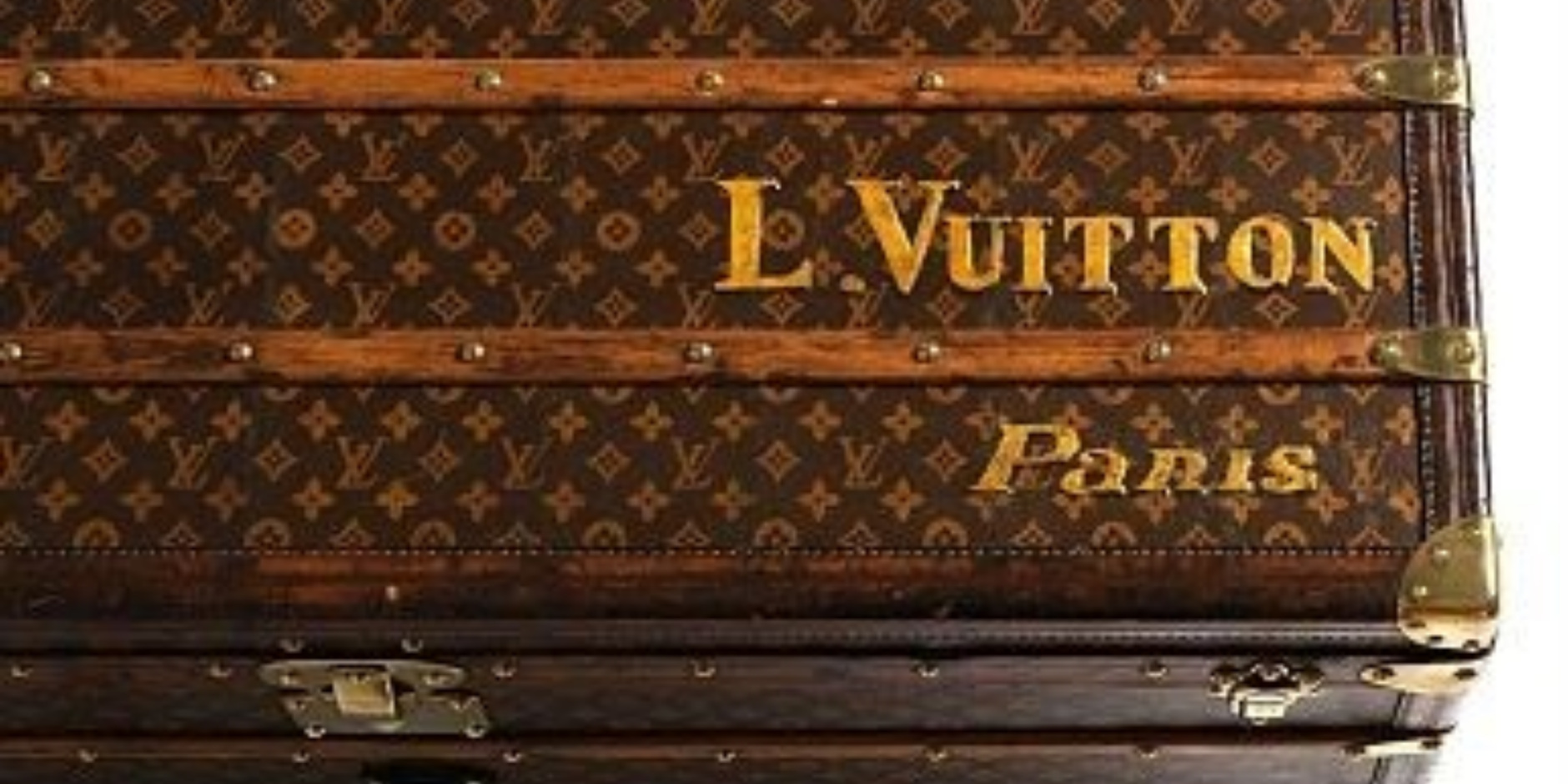
Georges lived up to Louis' expectations, and under his leadership, the brand gained even more popularity. First of all, after taking office, Georges decided to perpetuate his father's name in the history of the brand and created a unique brand logo that remains unchanged to this day: the crossed initials of the founder LV and three floral motifs. Also, the decision to create a logo was influenced by the fact that a lot of fakes for the brand's suitcases began to be created, so it was urgently necessary to solve this problem and stand out among thousands of fakes.
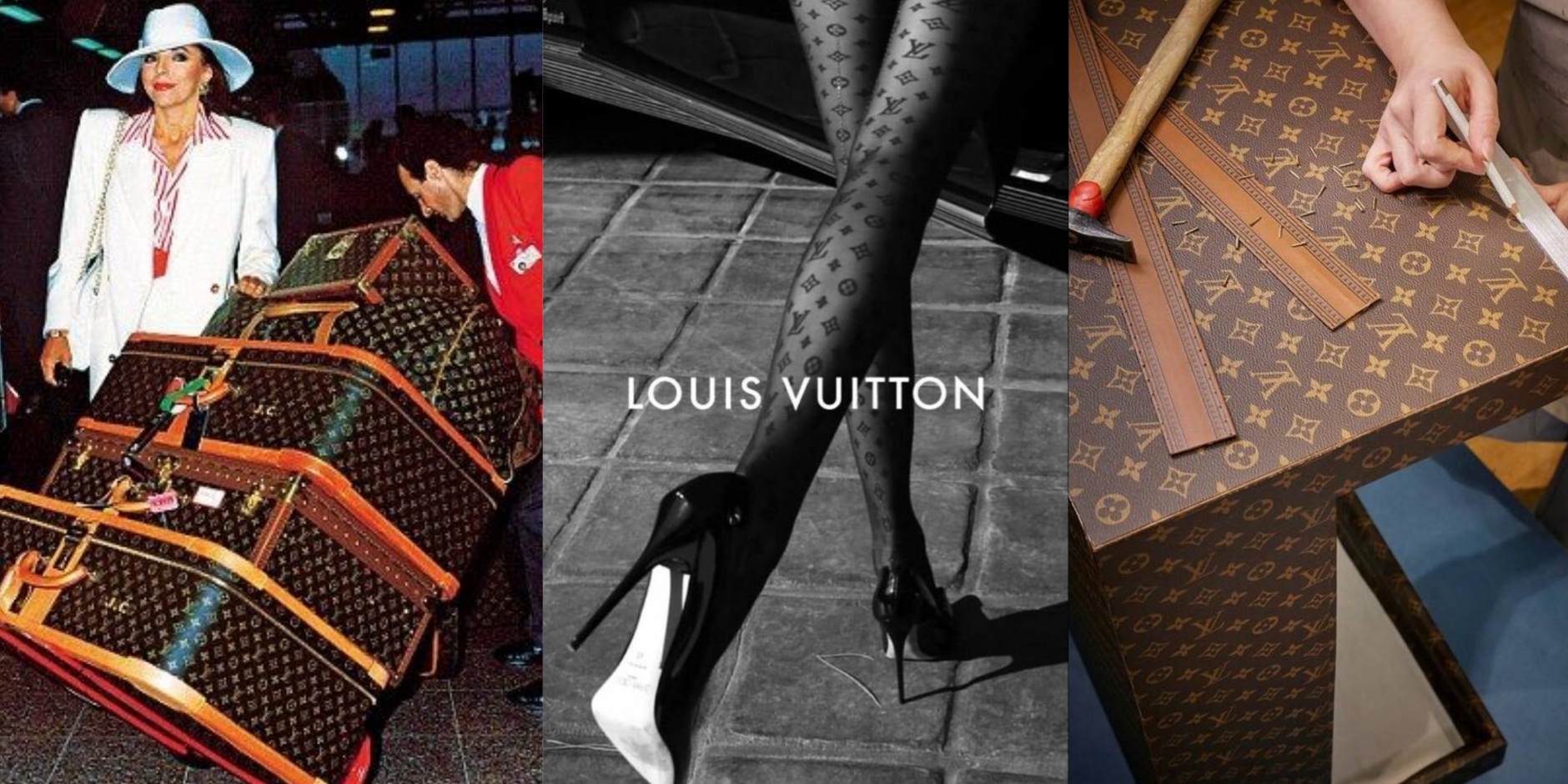
Another important step in the history of the brand was the production of bags. The very first Steamer bag was not a separate accessory, it was intended to store dirty laundry inside a suitcase. However, the fashionistas of Paris began to wear it as a separate accessory. This influenced the management's decision to start creating bags. Soon, Louis Vuitton stores appeared in New York, London, and Washington.
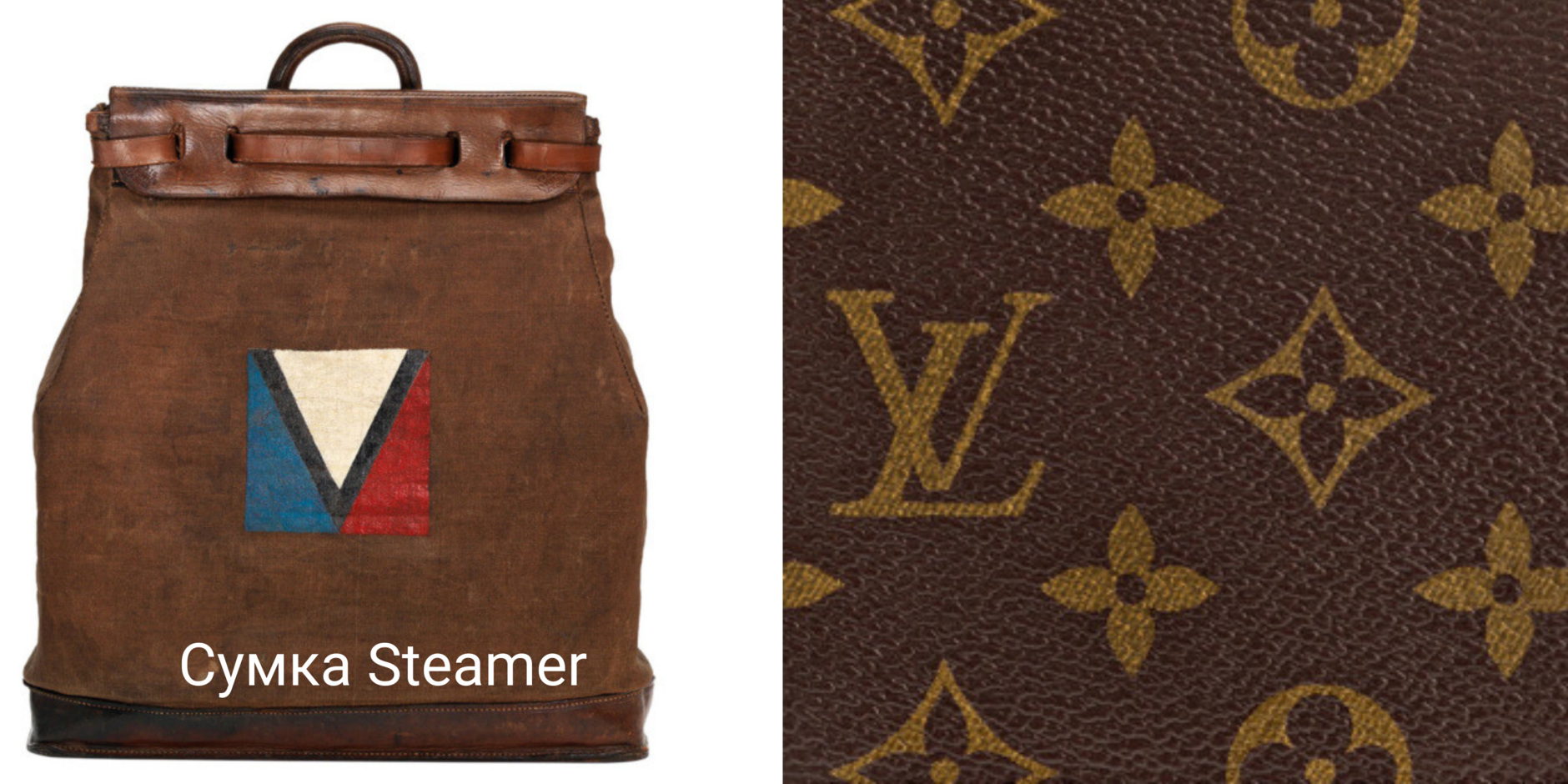
After the death of Georges Vuitton, his eldest son, Gaston Louis Vuitton, took over the management of the company. He had been involved in the business of the brand for many years, was aware of the main processes, so the brand flourished under his leadership. During his management, such iconic bag models as the Keepall soft suitcase bag, the legendary Alma model, which the inimitable Coco Chanel asked to create for herself, were created.

The period of the Second World War turned out to be a turning point for the brand — representatives of the fashion house try not to remember this time. The fact is that the brand supported the Nazis during the war, and the following inscription hung on all the doors of their boutiques: "There is no entrance with dogs. There is no entrance for Jews." When the war ended, the fashion house tried for a very long time to restore its reputation and return to its former greatness, and they succeeded. By 1989, the brand had about 130 boutiques worldwide.
In 1997, the notorious Marc Jacobs became the brand's new art director. It was from him that the production of men's and women's clothing collections began, before that the brand was engaged in the production of only bags and suitcases. This was a new turn in the history of the brand. Mark collaborated with the best photographers in the world, created collaborations, so his collaboration with the Japanese artist Takashi Murakami is still in great demand among collectors and art connoisseurs.
Marc Jacobs turned every show into a theatrical performance. LV's advertising campaigns under Jacobs were also unusual and memorable. One day, the designer invited Mikhail Gorbachev to an advertising shoot. As a result, the public saw a shot of the former head of the USSR sitting in a car near the Berlin Wall with a Keepall bag.
To date, Louis Vuitton is the most sought-after and popular brand. Every fashionista dreams of a handbag from this fashion house. The brand has had both ups and downs, but the fact remains that the fashion house with a 200-year history is still wildly popular among buyers. But it all started with a simple village boy who was left an orphan and was not afraid to start a new life in Paris.
